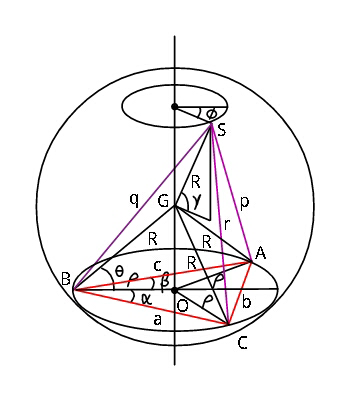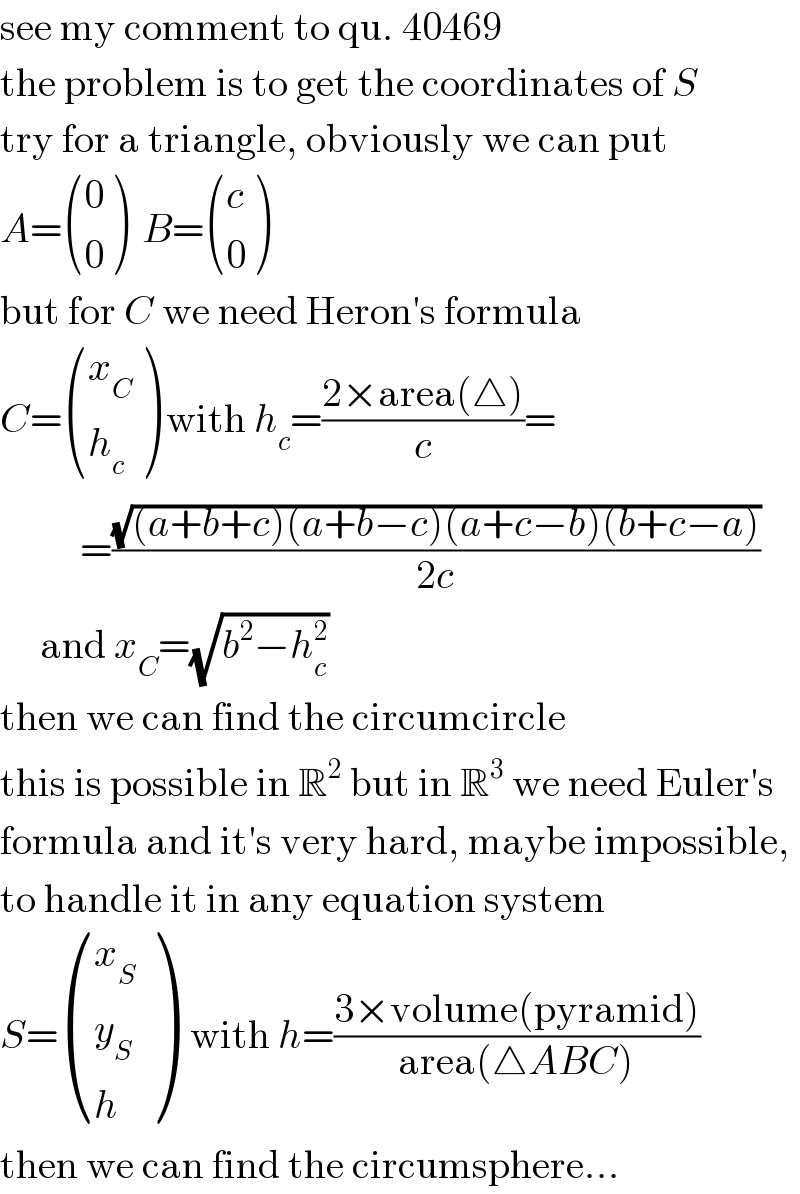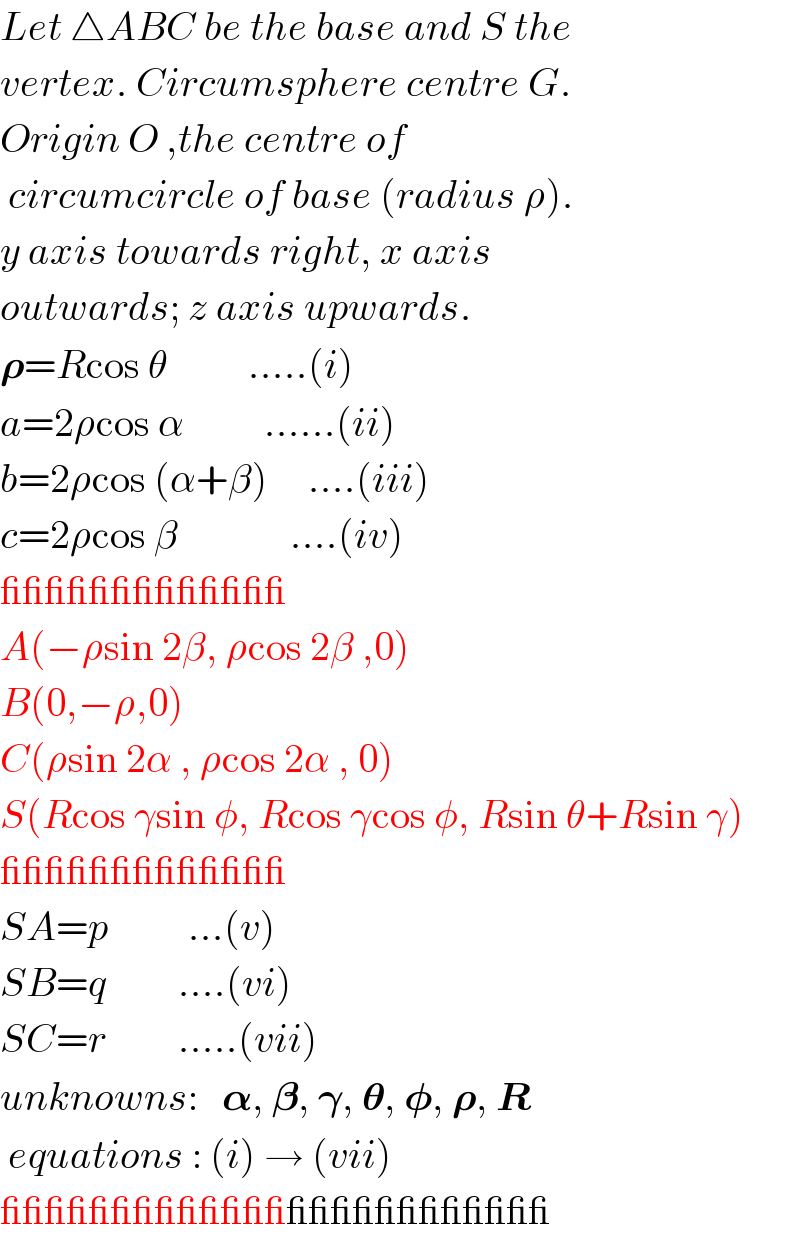
Question and Answers Forum
Question Number 40857 by ajfour last updated on 28/Jul/18

Commented by ajfour last updated on 28/Jul/18

Commented by MJS last updated on 29/Jul/18

Answered by ajfour last updated on 28/Jul/18

Commented by MrW3 last updated on 28/Jul/18

